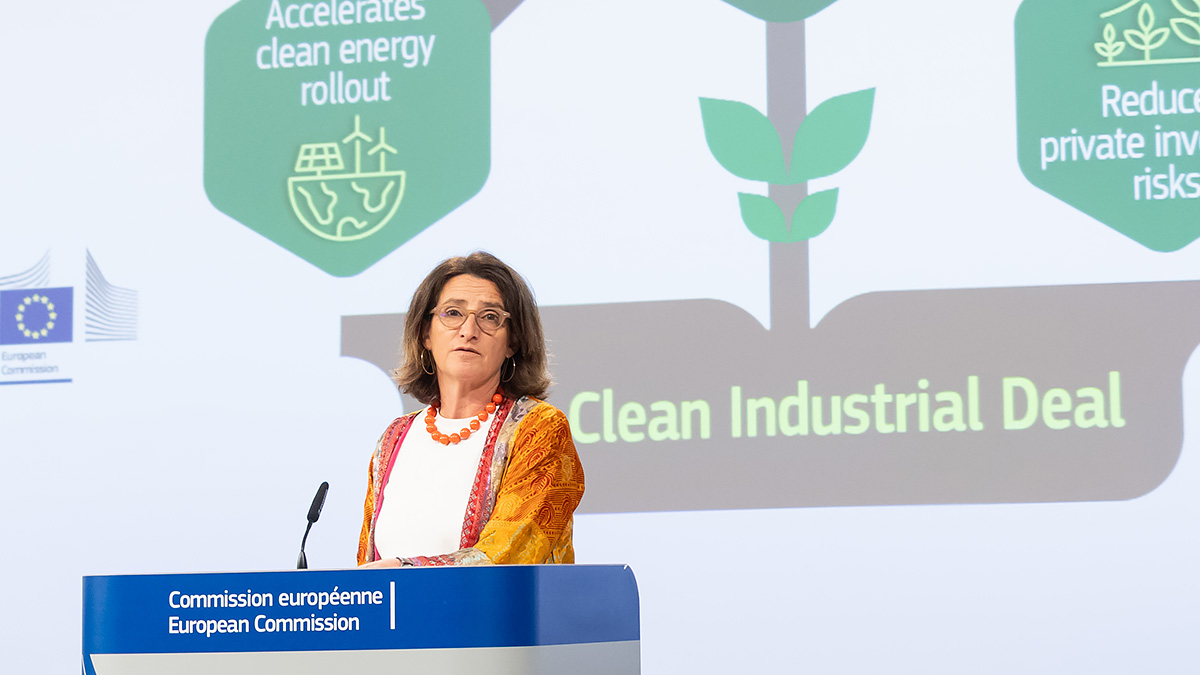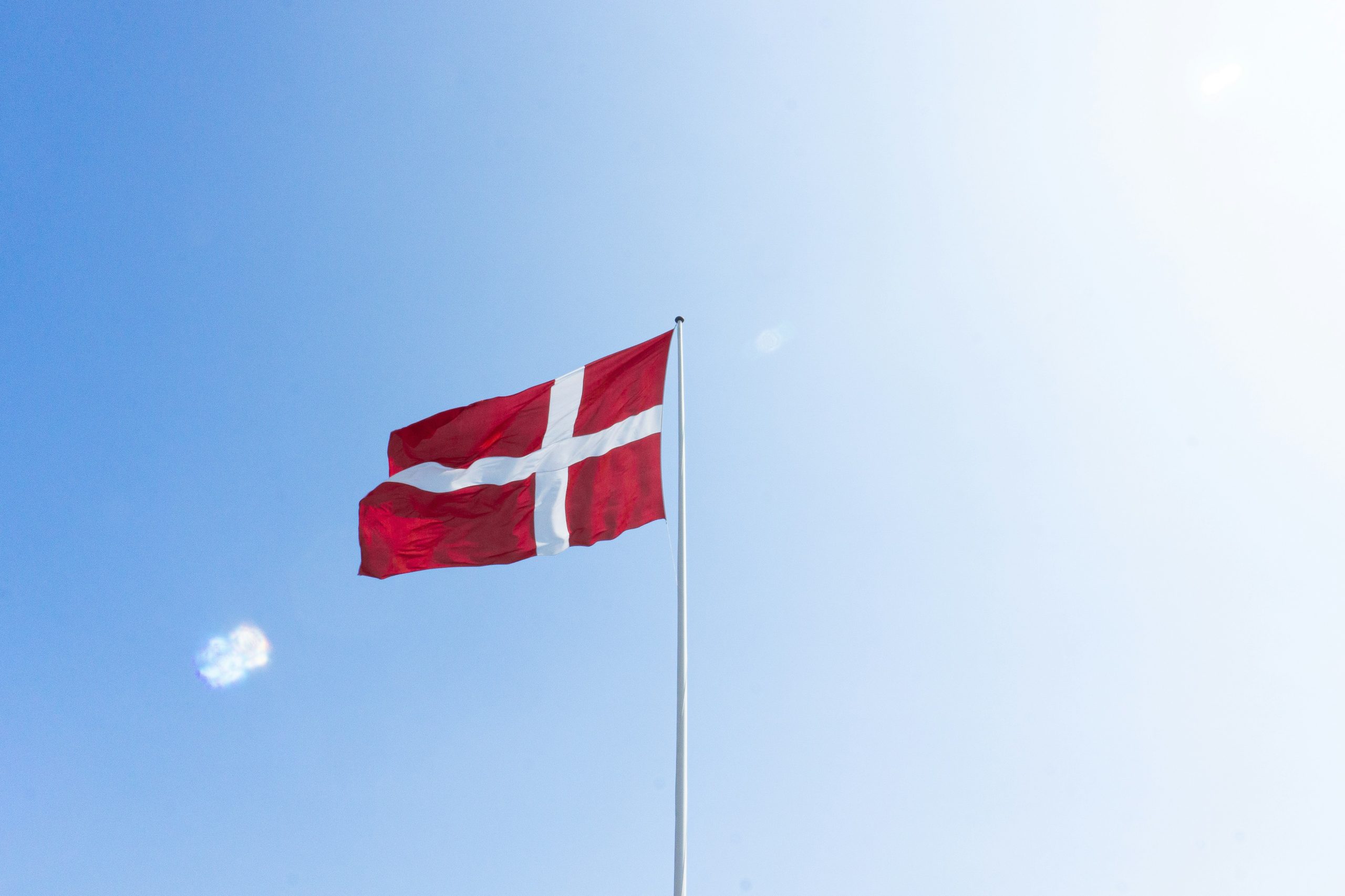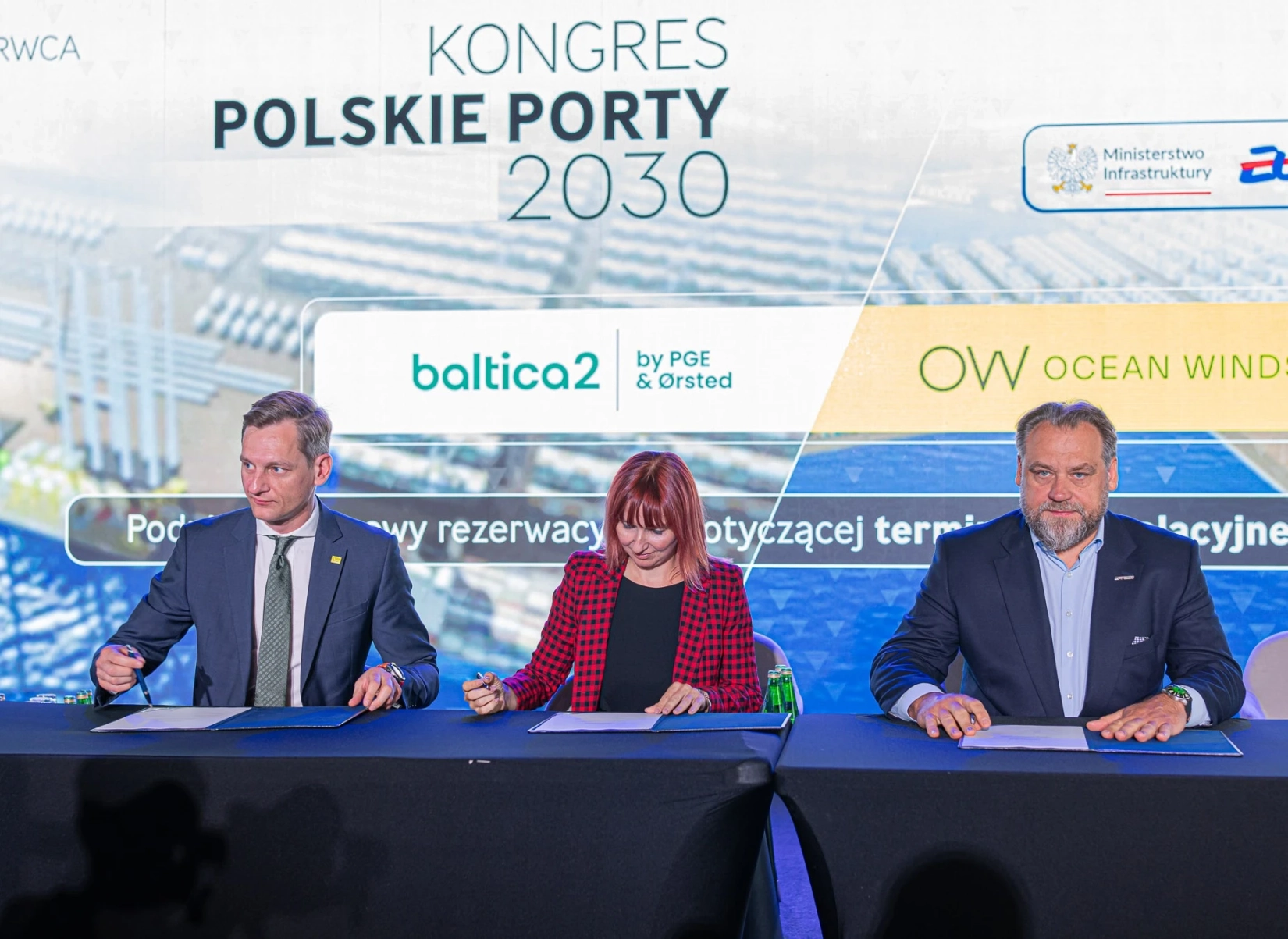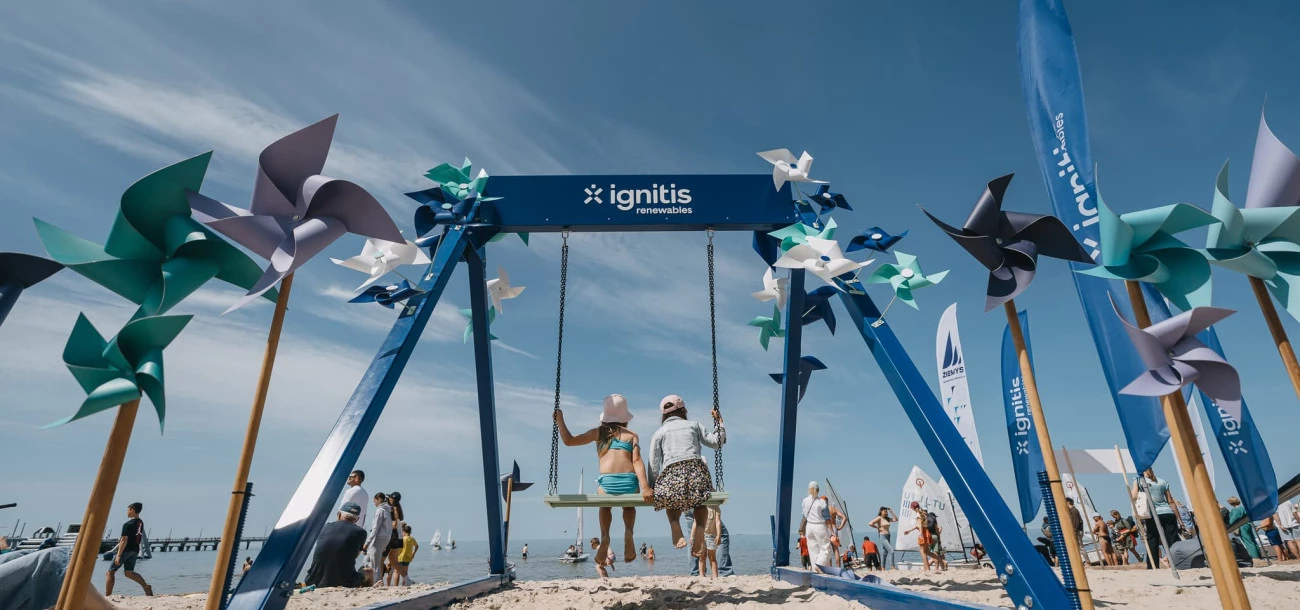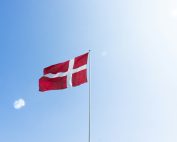Hitachi ABB Power Grids is a global technology leader which is committed to powering good for a sustainable energy future, with pioneering and digital technologies, as the partner of choice for enabling a stronger, smarter and greener grid. BalticWind.EU asked a technology giant about the prospects for offshore wind energy development in the Baltic Sea.
„Offshore wind energy in the Baltic Sea is playing an important role helping to reach the net-zero ambitions until 2050 for attached countries. Both, the North Sea basin together with the Baltic Sea has a technical potential close to 50.000 TWh per year, just delivered by offshore wind farms” – Hubert Krukowski, VP Head of Sales and Marketing Hitachi ABB Power Grids in Poland indicated in the commentary for BalticWind.EU.
Each installed GW of offshore wind farms avoids over 3.5 Mt CO2 per year, while it creates local and high educated jobs in construction and manufacturing sectors.
Offshore wind energy sector in the Baltic Sea is opening great opportunities and Hitachi ABB Power Grids, as a technology provider, can contribute with its vast experiences having pioneered to connect offshore wind farms. „Power grids are at the heart of Hitachi ABB Power Grids, whereof building and extending transmission systems is the core DNA since over 100 years” – said Krukowski.
Challenges on Baltic Sea
The company said that the power grids business is a serious business and each region has its own great challenge. Moving from centralized fossil based power generation to remote renewable based power generation is a paradigm-change in how to integrate renewables and operate the grid in a reliable manner. To obtain such tasks, the right policies at the right time need to be in place.
Building infrastructure, in particular transmission and distribution systems, means always to interact with the environment. Technology can help to reduce these environmental interactions significantly by higher utilizing existing infrastructure or to transport more power over the same right of way. „HVDC systems, for instance, are a great “partner” to help limit environmental interactions by transporting more power over the same power line compared to conventional AC connections” – the Hitachi ABB Power Grids explains to BalticWind.EU.
Another solution is to use so called flexible AC Transmission Systems (FACTS) to higher utilize existing infrastructure and helping at the same time to smoothly integrate renewable energies to the grid.
How Baltic Sea countries can reduce investment costs in offshore wind area?
„Indeed, technology developments have helped to contribute to lower LCOE in offshore wind energy sector and this trend seems to continue by reducing further the LCOE by almost 50% until 2040, when comparing to 2018.
Greater capacity factors of wind turbines have helped here certainly, but with floating technologies areas with higher energy yields can be tapped. The future is expected to be in floating technology. As most of these energy yield rich areas are far from shore, an efficient connection is key to keep project economics attractive. Large HVDC grid connections are a cleaver way of collecting high amount of power and transport over long distances to shore” said the company.
HVDC technology is becoming a key technology for offshore grids. Is it also for the Baltic Sea? As the company points out a lawyer would say, „It depends”. As a technology solution provider, the utmost important thing is to understand the business rationale of a project. If the offshore wind farm is close to the shore and sufficient onshore grid connection points are available, an AC grid connection seems the most viable solution.
„However, as the onshore grid connection points will become very congested soon, and the close to shore wind farms are build, longer distances are to be bridged with bigger wind farms, supporting higher amount of power. Here, HVDC systems might be the only viable solution. Offshore grids, connecting HVDC systems to a multiterminal or even to a meshed grid, can help improving the project economics by utilizing the grid connections better, also being an interconnection to neighboring countries or helping as a redundant grid system to ensure a steady power flow from offshore wind farms to shore. Therefore offshore grids are a logical answer to the big question – how the power systems of the future will look like?”





